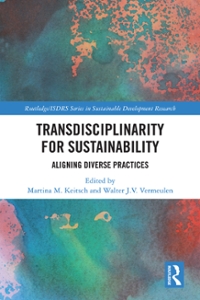Question
Which of the following represents a valid economic rationale for government intervention in the economy? Marginal consumer value equals marginal social cost in equilibrium. Marginal
Which of the following represents a valid economic rationale for government intervention in the economy?
Marginal consumer value equals marginal social cost in equilibrium.
Marginal social cost exceeds marginal consumer value in equilibrium.
The equilibrium wage rate varies across industries.
Equilibrium prices vary over the course of the year.
A good is a commons good (or common-property good) if it is
excludable and rival.
non-excludable and non-rival.
excludable and non-rival.
non-excludable and rival.
Heating one's home with a wood or coal burner requires disposing of waste, namely smoke and ashes. Smoke particles are usually emitted freely into the atmosphere through a flue. This can cause problems (i.e., impose costs on others) if a lot of people heat with wood burners and there's not much wind flushing the particulates away. Disposing of waste this way represents a 'cost not priced in the market'. The ideal way to price this external cost is to
set a charge per unit smoke emitted that varies climatic conditions.
require people to invest in a low-emissions burner.
charge an annual emissions tax on every household burner.
impose a tax per kilogram on wood and coal.
A disadvantage of pricing access to the local atmosphere for waste disposal is that
the cost of installing emissions monitors in flues and managing the programme may exceed the benefits from cleaner air.
income constrained households may reduce heat to the point of discomfort or illness.
local residents may feel aggrieved that a previously unpriced natural resource, available freely to everyone, is now just another thing they have to pay for to access.
All of the above are potential disadvantages of pricing.
An advantage of pricing access to the atmosphere for waste disposal is that it
allows households to choose how and by how much they respond to the pricing.
raises funds for the local council, which could be used, for example, to reduce other
taxes or to assist households in changing heating habits.
minimises the cost of emissions reduction and thereby improving air quality.
All of the above are advantages of pricing.
Step by Step Solution
There are 3 Steps involved in it
Step: 1

Get Instant Access to Expert-Tailored Solutions
See step-by-step solutions with expert insights and AI powered tools for academic success
Step: 2

Step: 3

Ace Your Homework with AI
Get the answers you need in no time with our AI-driven, step-by-step assistance
Get Started


